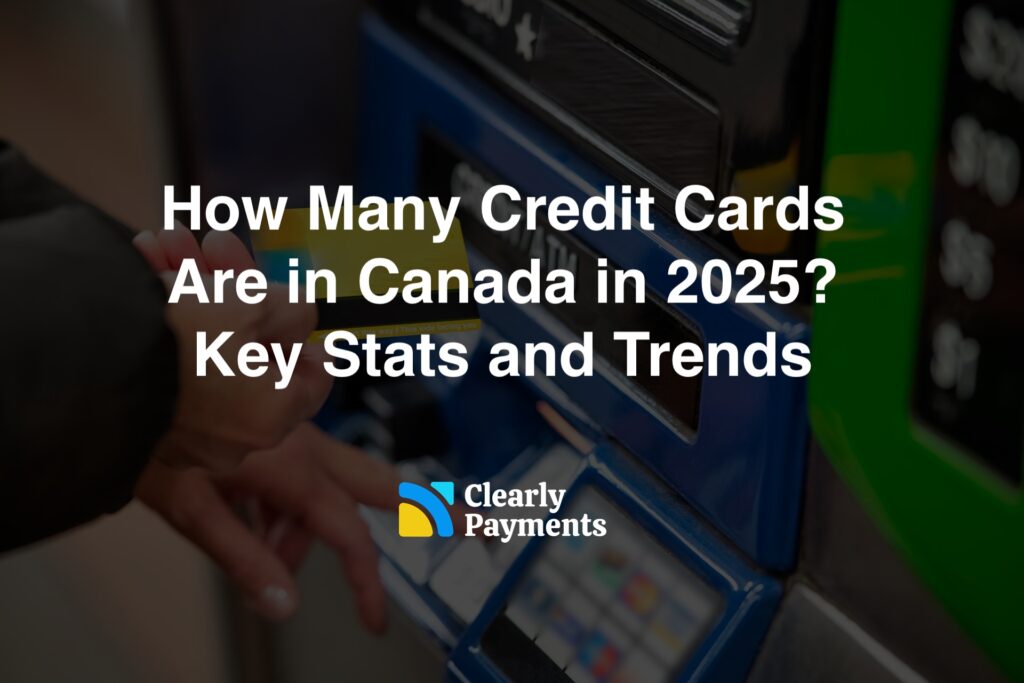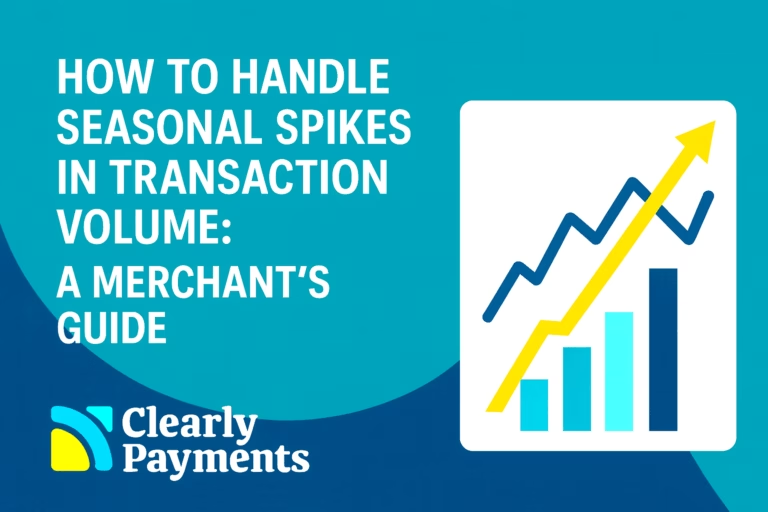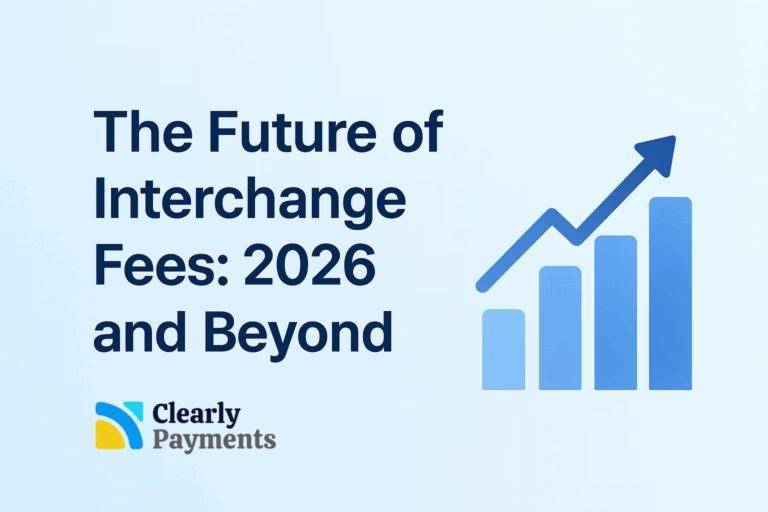In 2025, Canada continues to be one of the most credit-active countries in the world, with an extremely high penetration of credit cards among its population. Canadians use credit cards not only for convenience and rewards but increasingly for essential purchases and to manage cost-of-living pressures.
This report explores the state of credit cards in Canada as of 2025, including how many are in circulation, how they are used, debt trends, generational differences, and what these insights mean for businesses, financial institutions, and consumers.
| Category | Statistic (2025) |
|---|---|
| Total credit cards in circulation in Canada | 101 million |
| Card penetration (15+) | 83.4%–89% |
| New cards issued | 7.2 million |
| Avg. credit card balance | CAD 4,499 |
| Cardholders with balances | 46% |
| High utilization (80%+ of credit used) | 23% |
| Transaction share | 33% of all payments |
| Annual credit card spend | $605 billion |
| Visa market share | 58% |
| Mastercard market share | 38% |
Total Credit Cards in Circulation
Canada has somewhere between 101 million credit cards in circulation in 2025, including all credit cards (retail, private-label, etc). The number in the industry can vary depending on whether the estimate includes only general-purpose bank cards or also counts private-label, retail, and store cards.
Regardless, the number remains extremely high for a country with around 40 million people, meaning the average Canadian holds more than two credit cards.
| Category | Number of Cards |
|---|---|
| Includes Store Cards | 101 million |
| Bank-Issued Cards Only | 78 million |
Growth is modest. In 2025, Canadians are expected to get 7.2 million new credit cards, representing only a 0.12% year-over-year increase.
Credit Card Ownership & Penetration
Canada has one of the highest credit card ownership rates in the world. As of 2025, more than 83.4% of Canadians aged 15 and over have at least one credit card. Among adults (age 18+), the rate climbs even higher—near 89%, according to the Canadian Bankers Association.
| Rank | Country | Penetration Rate (% age 18+) in 2025 |
|---|---|---|
| 1 | Canada | 84.0–85.0% |
| 2 | Israel | 80.5–81.5% |
| 3 | Japan | 77.5–78.5% |
| 4 | Iceland | 75.5–76.5% |
| 5 | Hong Kong | 73.0–74.0% |
| 6 | Norway | 72.5–73.5% |
| 7 | Switzerland | 70.5–71.5% |
| 8 | South Korea | 69.5–70.5% |
| 9 | United States | 68.0–69.0% |
| 10 | United Kingdom | 63.5–64.5% |
This saturation is not surprising, considering the credit-based culture and the widespread availability of cards across income levels, regions, and even age groups.
Market Size and Transaction Volume
Canadians use credit cards more than any other payment method. In 2024, 33% of all payment transactions in Canada were made with credit cards. The total value of credit card transactions in 2025 is estimated to be CAD $605 billion, and it is growing at an annual rate of 5.3% (CAGR) through 2030.
| Metric | Value/Share |
|---|---|
| Share of payment transactions | ~33% (credit cards are #1 method) |
| Annual transaction volume | ~CAD 605 billion |
| Projected growth (CAGR) | ~5.3% (2025–2030) |
Credit Card Debt and Balances
Credit card debt in Canada continues to rise, even as new card issuance plateaus. As of Q1 2025:
Average non-mortgage debt per person: $21,859
Average credit card balance per person: $4,499
Total household liabilities: $3.05 trillion
Credit card debt growth: +0.3% month-over-month
According to StatsCan, the number of Canadians carrying balances month-to-month is growing, particularly among younger and lower-income households.
| Metric | Value (2025) |
|---|---|
| Avg. credit card balance | $4,499 |
| % of Canadians carrying balances | ~46% |
| % using over 80% of limit | ~23% |
Consumer Behavior & Usage Trends
With inflation and housing costs climbing, more Canadians are using credit cards for everyday necessities.
74% of Canadians used a credit card for essential purchases in the last 12 months (up from 69%).
52% changed their credit card habits in 2025, mostly due to the cost of living.
Younger Canadians are more likely to rely on built-in Buy Now, Pay Later (BNPL) features.
| Generation | Essential Use (%) | Used BNPL via Card (%) |
|---|---|---|
| Baby Boomers | 82% | ~2% |
| Gen X | 77% | ~7% |
| Millennials | 68% | ~21% |
| Gen Z | 60% | ~23% |
Financial Stress and Delinquencies
Credit card delinquency is becoming a concern, particularly among younger consumers and those without mortgages.
About 1 in 3 households carry credit card balances.
Among them, 2 in 3 sometimes skip or delay payments.
Canadians under 35 saw their average payment rate drop from 63% to 58.9% in Q1 2025.
Delinquency rates are highest in sub-prime segments and new-to-credit consumers.
These figures point to a growing financial fragility, despite the high credit availability.
Card Networks and Market Share
Visa and Mastercard dominate the Canadian market. American Express plays a smaller role, while UnionPay and others have limited presence.
| Card Network | Market Share (2025) |
|---|---|
| Visa | ~58% |
| Mastercard | ~38% |
| American Express | <5% |




